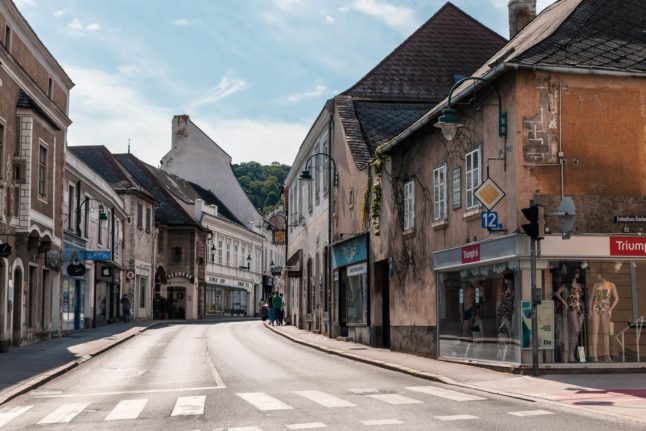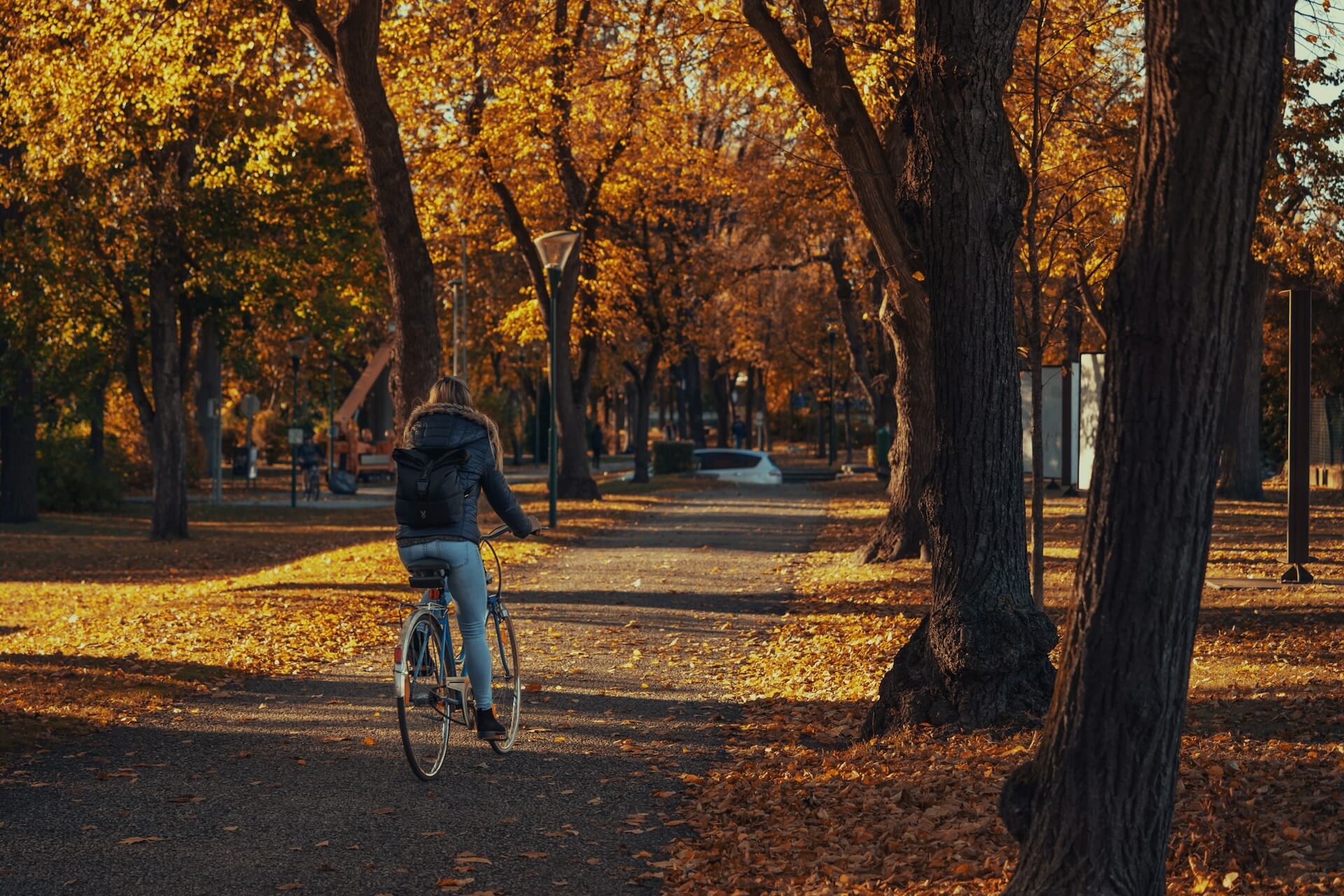Austria is a great country to live in, but many rights and benefits are directly connected to having a job. Being employed will give you a right to access public health care and will contribute to the years necessary for you to reap some social benefits, including unemployment, for example.
A job may also be required for some types of residence permits and, of course, are needed by most people to pay their bills at the end of the month. So, which types of jobs are “easiest” to get (not necessarily the easiest to actually do) when you first look for work, especially if you don’t speak German very well?
READ ALSO: How long do I have to work for in Austria to get unemployment benefits?
Services and catering
Austria is very much a services and tourism country, with plenty of jobs tied to those areas, particularly gastronomy. Recent data shows that there were almost 30,000 jobs in sales, transport and services sectors in March 2023 registered with the AMS, Austria’s public employment service.
However, not all jobs are immediately advertised with the AMS, so the number is expected to be much higher.
Those looking for a job, particularly if they don’t speak German so well, might try delivery companies such as Lieferando or Foodora (previously known as Mjam). They offer different types of job contracts, pay a minimum per hour (plus you get your tips), and follow collective agreement regulations – meaning you get insurance. However, you do need a permit to work in Austria.
Similarly, jobs in bars and restaurants are a good starting option. It’s not uncommon to see places with job postings on doors and websites and on many occasions, they won’t require a high level of German. Fast-food chains such as McDonald’s are known for always having hundreds of job vacancies, and pubs often look for people with good English skills – no German necessary.
READ ALSO: What are the top jobs for international residents in Austria?
Other options include large stores and supermarkets, where crew is often needed, including for back-office positions requiring little to no German.
So, is it possible to work without speaking German?
This is a considerable debate among immigrants in Austria. The short answer is: yes, it is possible to find work even if you speak little to no German in Austria. You can even find higher-paying jobs in certain international companies, and the IT and startup sectors recruit continuously.
If you are a native (or equivalent) English speaker, there are jobs in bilingual or international schools, but you will often need other qualifications as well, such as an education degree.

Still, knowing German, at least to a basic level, will obviously open more doors for you. For example, many people are surprised to learn that hotels won’t hire front-desk workers who don’t speak German. This is because a large number of tourists in Austria come from Germany, and front-office workers also need to deal with local suppliers, answer the phones and do other administrative tasks that will demand a knowledge of the language.
READ ALSO: Job vacancies in Austria reach record number as unemployment continues to fall
Some restaurants will also ask workers to know German if they are dealing directly with clients, same with stores. This means that people who can’t speak German will likely be sent to back-office work – which usually has lower salaries and little to no earnings from tips.
How can I increase my chances of getting a job?
Working culture can vary widely in different countries, so what may seem weird in one place might be expected in Austria. For example, in Austria, it is normal to send unsolicited applications to companies – even if no job openings are advertised. Of course, they might not reply to you, but some places will appreciate the initiative.
In the same way, going door-to-door and asking people for recommendations are common ways of getting jobs in Austria. Some positions are filled even before they are advertised because people recommend acquaintances or because someone showed up with their CV at the right time and made a good pitch for themselves.
READ ALSO: What you need to know about finding work in Austrian towns and villages
Looking for a job, especially an entry job when you really need one, can be highly frustrating. However, you will increase your chances if you take the time to work on your CV and your presentation (via email or in person), really personalising your message to the type of job you are applying for.
Even if your primary experience is in another field, try to adapt your curriculum and your email (or phone call, or in-person interview) with accurate information about yourself that could be valuable for that particular job, whether that is an IT job, a waitressing position or a courier offer.
READ ALSO: Six official websites to know if you’re planning to work in Austria
Websites such as LinkedIn, Xing, Karriere.at and AMS are also great ways to check for open positions in Austria. The daily newspapers, including Der Standard, also have a jobs section, and The Local Austria has a page with English-language jobs in the country.








 Please whitelist us to continue reading.
Please whitelist us to continue reading.
Member comments